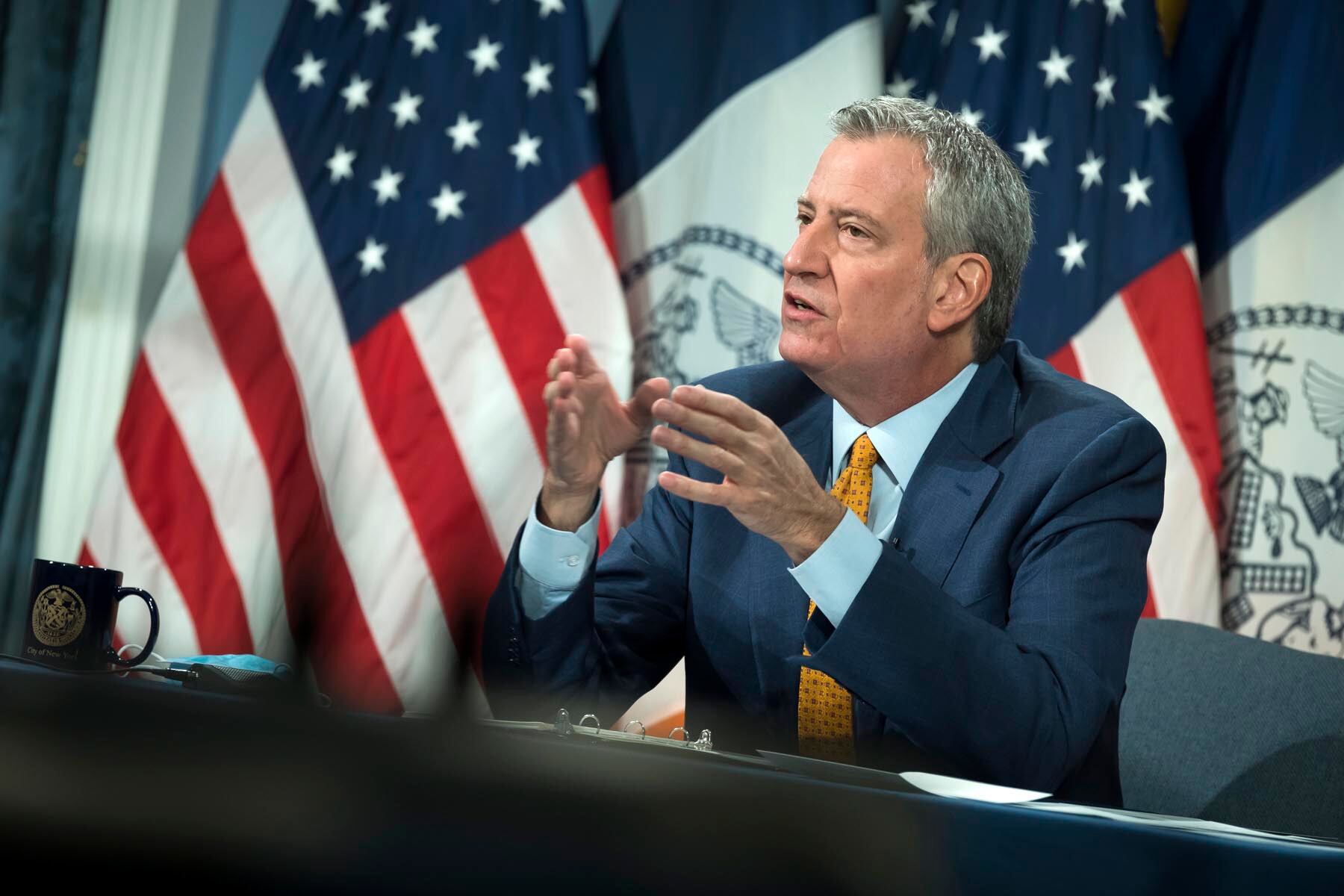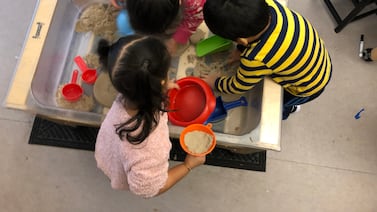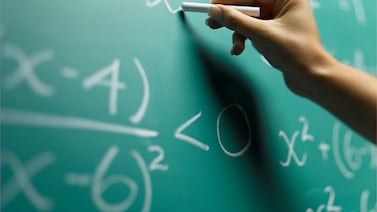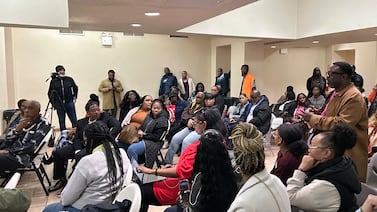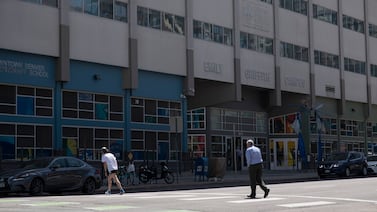New York City’s youngest students will return to school buildings on Dec. 7, Mayor Bill de Blasio said Sunday in an announcement that also signaled a shift in his approach to school reopening.
After facing intense pushback over his decision to close school buildings more than a week ago, de Blasio’s new reopening plan will welcome back students in 3-K, pre-K, and K-5 on Dec. 7. (Only grades K-5 will return in buildings that serve up to eighth or 12th grade.) Buildings will reopen on Dec. 10 for all grades of District 75, which serves students with the most significant disabilities. The mayor offered no timeline to bring back middle and high school students. He said the city is “just not able to do that yet,” citing the need to scale up COVID-19 testing and keep the focus on the city’s youngest and also most vulnerable students for now.
In a major shift for the nation’s largest public school system, de Blasio said the city will no longer use a percentage positivity rate to shutter buildings across the five boroughs, as it did Nov. 19 when the city hit a 3% coronavirus positivity rate over seven days. Instead, 20% of students and staff will be tested in schools on a weekly basis, as opposed to the monthly testing program at schools citywide. The city will continue targeted school closures.
“It’s a new approach because we have so much proof of how safe schools can be and this has come from real life experience in the biggest school system in America right there in New York City,” de Blasio said. “We feel confident that we can keep schools safe.”
De Blasio also said he wants to bring students back five days a week at schools where there is enough space and staffing. Only students who were already participating in blended learning or chose that option when the city offered families one final chance to get some in-person learning would be eligible for this, the mayor said. Such a plan would still follow social distancing and require a reshuffling of students and teachers, but would allow those schools to have just two types of students: fully remote and fully in-person as opposed to hybrid students who are learning both remotely and in-person during the week.
It will be up to individual school leaders to decide if this is an option for them, and the city did not provide an estimate of how many schools might pursue this option.
“It’s still a herculean task for our principals and communities,” Schools Chancellor Richard Carranza said.
In a statement, principals union president Mark Cannizzarro said the education department “must provide clear direction and adequate resources in schools where it is possible” to phase out blended learning, “and afford school leaders flexibility and discretion where it is not.”
Individual schools or classrooms will close under existing protocols: one positive case would cause that student or staffer’s class to quarantine, while two or more cases can cause the whole building to close. That means there will likely continue to be instability in terms of school building and classroom closures over the coming weeks and months. If school buildings hadn’t been closed citywide, 173 buildings — or roughly 11% of all schools — would still have been shuttered either for 24 hours or two weeks based on positive cases among members of their community, according to public data.
Since only students who have already signed up for in-person learning will be allowed to return to buildings, the mayor estimated that 190,000 children could return — and their families must sign consent forms for COVID-19 testing to do so. Students will not be allowed to return to buildings without consent forms.
Even if middle and high schools reopen, about two thirds of children will remain fully remote, according to city data, with higher rates of students of color choosing to learn remotely full-time.
Michael Mulgrew, the president of the city teachers union, signaled support for the plan.
The union had put intense pressure on de Blasio and Carranza this summer over implementing stringent testing and safety protocols before reopening buildings. While it had backed the city’s 3% positivity rate trigger for closing schools, Mulgrew indicated a shift in approach, saying the union wanted the city to reopen schools in neighborhoods where the positivity rate had dropped and focus instead of closing buildings in hot spots instead of systemwide closures.
“We are supportive of a phased reopening of schools in other neighborhoods as long as stringent testing is in place,” Mulgrew said in a statement. “This strategy — properly implemented — will allow us to offer safe in-person instruction to the maximum number of students until we beat the pandemic.”
Some elected officials also signaled support for the plan, including Gov. Andrew Cuomo. Brooklyn Borough President Eric Adams, who is running for mayor, said he was pleased that de Blasio listened to parents who pushed for buildings to reopen, but now the city must “make in-person education an option for the older students who are being left behind by the failed implementation of remote learning.”
Others believed there should be more support for the city’s most vulnerable students. In a tweet, Brooklyn Councilman Brad Lander said the city should target in-person learning for “homeless students, kids with special needs.”
The move comes at a time when coronavirus cases are rising in the city, with the positivity rate over a seven-day average reaching 3.9%, according to the most recent city data. But many public health experts believe that schools are not contributing to higher rates of spreading the virus, and many other countries have prioritized keeping schools open while shuttering other businesses and institutions.
The number of school-based tests that have come back positive in schools has risen. As of last week, .28% of results were positive of the nearly 160,000 in-person students and staff who were tested. Overall, more than 3,000 students and staff have tested positive for the coronavirus, according to city data as of Nov. 24.
Schools that are in state-imposed orange zones will reopen in accordance with rules set by Cuomo. Orange zone areas have reached a 3% positivity rate based on state data of seven-day averages, which are calculated differently than the city’s average.
As of Saturday, parts of Staten Island remained in orange zones.
All students and staff must first test negative before reentering the building, which is not a requirement for other schools. These schools must also test 25% of students each week, with a different set of students tested each week.
Correction: This story incorrectly stated that schools in state-imposed orange zones must test 20% of its students each week. In fact, the testing requirement is 25%.

